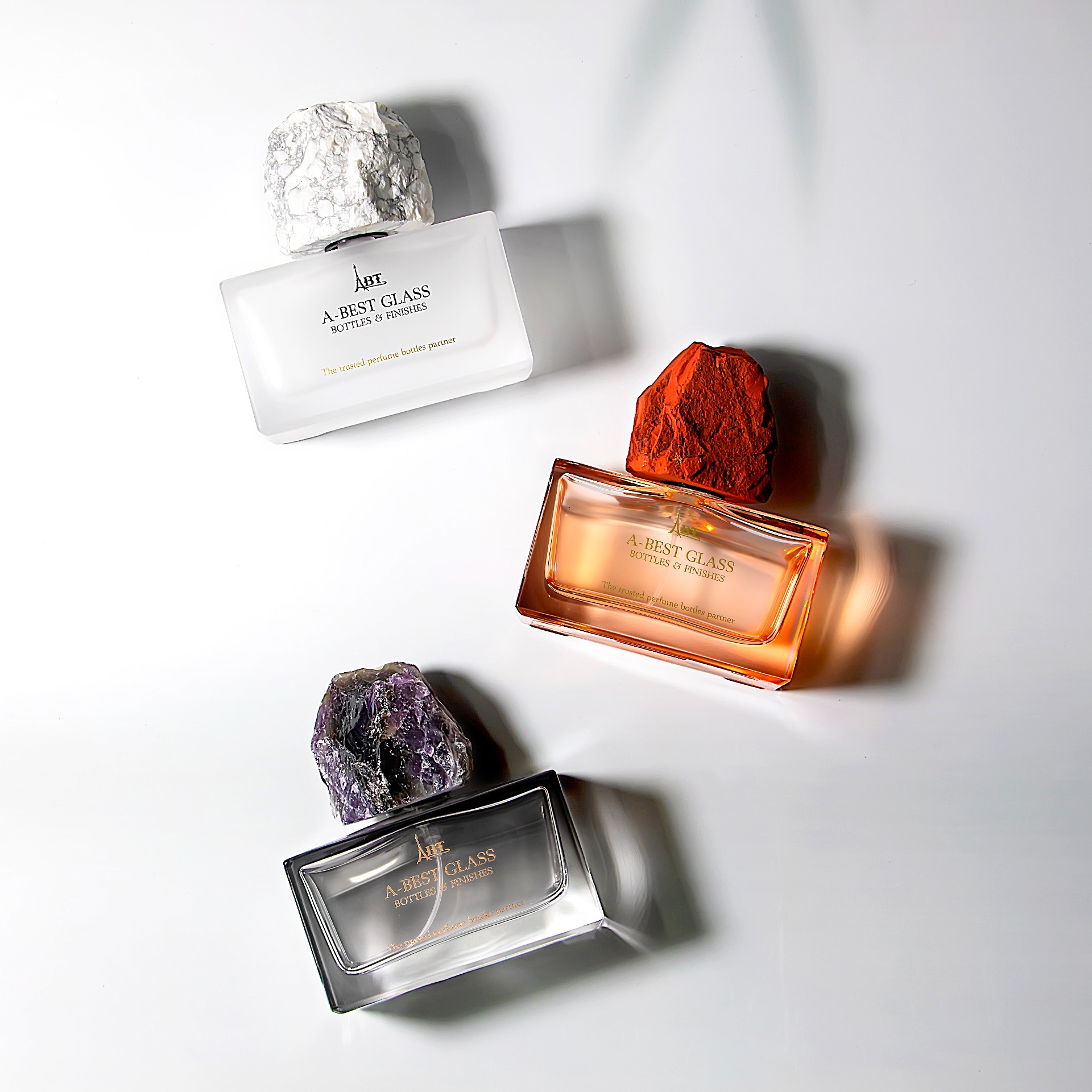
Glass perfume bottles and their associated accessories—such as caps, sprayers, and packaging boxes—should not be viewed as isolated elements. Instead, they are integral components that collectively contribute to a cohesive brand experience. A comprehensive and strategic approach to their design and integration is crucial for establishing a strong brand identity, fostering consumer loyalty, and differentiating the product in a competitive market. This integration encompasses design consistency, functional compatibility, and sustainability, all of which play pivotal roles in shaping the overall consumer perception and experience.
Design consistency serves as the cornerstone of an effective branding strategy. It requires the glass bottle, cap, sprayer, and packaging box to share a unified design language that aligns with the brand’s values and aesthetic vision. For instance, a luxury brand aiming to project elegance might employ sleek, minimalist glass bottles paired with metallic caps and embossed packaging boxes. In contrast, a youthful, eco-conscious brand may choose vibrant, recycled glass bottles with wooden caps and biodegradable packaging. Such consistency not only facilitates brand recognition across physical and digital platforms but also reinforces the brand’s core message. For example, incorporating recycled materials throughout the product’s components underscores a commitment to sustainability, which resonates with environmentally aware consumers.
Functional compatibility is equally essential, as it ensures that all components work together seamlessly. The cap must fit securely to prevent leakage, the sprayer should align precisely with the bottle’s neck size for smooth operation, and the packaging box must be appropriately sized to accommodate the bottle and any additional items, such as sample vials. Poorly integrated components can result in consumer dissatisfaction—whether through a cap that is hard to remove or a sprayer that malfunctions—potentially tarnishing the brand’s reputation. To avoid such issues, manufacturers must collaborate closely with suppliers to ensure that all elements are designed for optimal performance. This may involve standardizing neck sizes, using compatible threading for caps, and rigorously testing sprayers with various bottle shapes to guarantee functionality.
In addition, sustainability integration has become a critical consideration for modern consumers, who increasingly expect brands to adopt eco-friendly practices across all aspects of their products. This entails using sustainable materials not only for the glass bottle (such as recycled glass) but also for the cap (e.g., wood or recycled plastic), sprayer (recyclable metal components), and packaging box (recycled paper and biodegradable inks). Furthermore, brands can enhance recyclability by designing components that are easy to disassemble—for instance, using snap-on caps instead of glued ones or sprayers with removable parts that can be recycled individually. By adopting a holistic approach to sustainability, brands not only reduce their environmental impact but also appeal to the growing segment of eco-conscious consumers, thereby strengthening their market position.